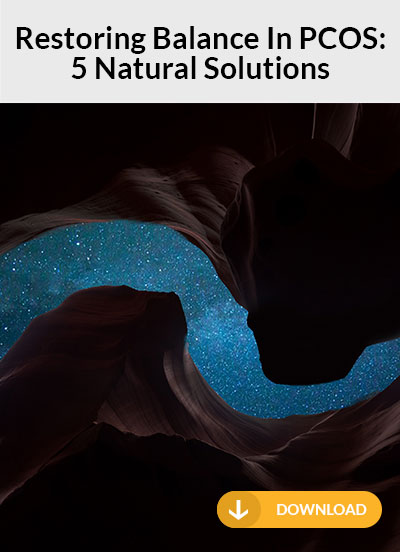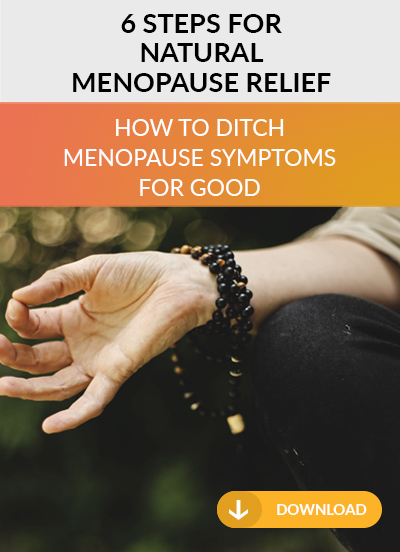Do you have dense breasts?
Almost 50% of women aged 40-75 have dense breasts. In 36 states, the law requires reporting breast density on mammogram results, and may suggest additional ultrasound or MRI in women who have dense breasts. While I understand the need to communicate the limitations of mammograms, the density statement often sounds an alarm without a clear course of action. My own mammogram report says I have dense breasts, and so I am at increased risk for cancer, and my mammogram’s accuracy may be limited. Insurance often does not cover breast ultrasound and MRI. Additional screening may result in patients having unneeded biopsies. This week JAMA published a helpful, evidence-based article that I’m excited to share with you.1
Why does breast density matter?
Dense breasts make it harder to see lesions, which appear as white spots on the mammogram. Fatty tissue shows up black on a mammogram. Dense tissue also looks white. The more white tissue there is the harder it is to see a white lesion on a white background.
What about 3D Mammograms?
Digital breast tomosynthesis or 3D mammogram is a newer breast screening technology that has a lower recall rate and slightly higher cancer detection rate than digital mammograms. However, no published evidence indicates that interval cancer rates differ for digital vs 3D mammography in women with dense breasts.
What is an interval cancer risk?
Interval breast cancer is a term given to cancers detected/presenting within 12 months after a mammogram in which findings were considered normal.
Assess your overall breast cancer risk.
The Breast Cancer Surveillance Consortium (BCSC) has an online tool to assess your overall breast cancer risk at https://tools.bcsc-scc.org/bc5yearrisk/calculator.htm. It implements a validated prediction model that takes into account breast density, and was evaluated on a population reflective of US ethnic diversity.
Should you consider additional screening?
Consider additional screening if you have dense breasts and a BCSC 5 year risk of 2.5% or greater. Women with these results have the greatest risk of having an interval breast cancer stage 2B or greater.
What are the risks of additional screening?
Additional screening can result in breast biopsies, which are often benign. If you have been through this process, it’s stressful and expensive.
Here are the numbers of biopsies performed and cancers detected per 1000 exams when additional screening is used by women who have dense breasts over digital mammograms alone:
Mammogram only
3D mammogram also
Ultrasound also
MRI also
22
28
50-57
44
NA
1-2
2-4
10-16
What does American College of OBGYN (ACOG) recommend?
ACOG does not recommend routine additional screening in women with dense breasts who have no symptoms and have no additional risk factors.
What is the bottom line?
Use the BCSC risk calculator we discussed above to determine if you could benefit from ultrasound or MRI and potentially avoid unnecessary biopsy. These recommendations apply to low risk women who are asymptomatic. If you have breast concerns, please see your healthcare provider.
1 Kerlikowske K, Miglioretti DL, Vachon CM. Discussions of Dense Breasts, Breast Cancer Risk, and Screening Choices in 2019. JAMA. Published online May 31, 2019322(1):69–70. doi:10.1001/jama.2019.6247



